Introduction to the classification of UHF RFID tags
There are many applications for UHF RFID, and it is difficult to classify them by application or appearance. So we classify labels according to material
Definition of ordinary material labels: All labels produced by direct compounding through Inlay are called ordinary material labels; Definition of special material labels: labels realized through other production processes (non-composite).
Common material labels are characterized by low price, simple production, and suitable for large-volume applications. The most common clothing tags, logistics labels, etc. are ordinary material labels. Ordinary material labels account for 95% of the total electronic labels.
01. Clothing tag
Clothing tags are the most widely used field of UHF RFID in the world. The form of the tags is relatively simple and is the same as the traditional clothing tags, except that the UHF RFID Inlay is compounded in the tag.
As shown in the picture is a clothing tag label, including the overall appearance of the label, which looks no different from traditional clothing labels. The inside of this clothing hang tag label is Inlay, as shown in the picture.
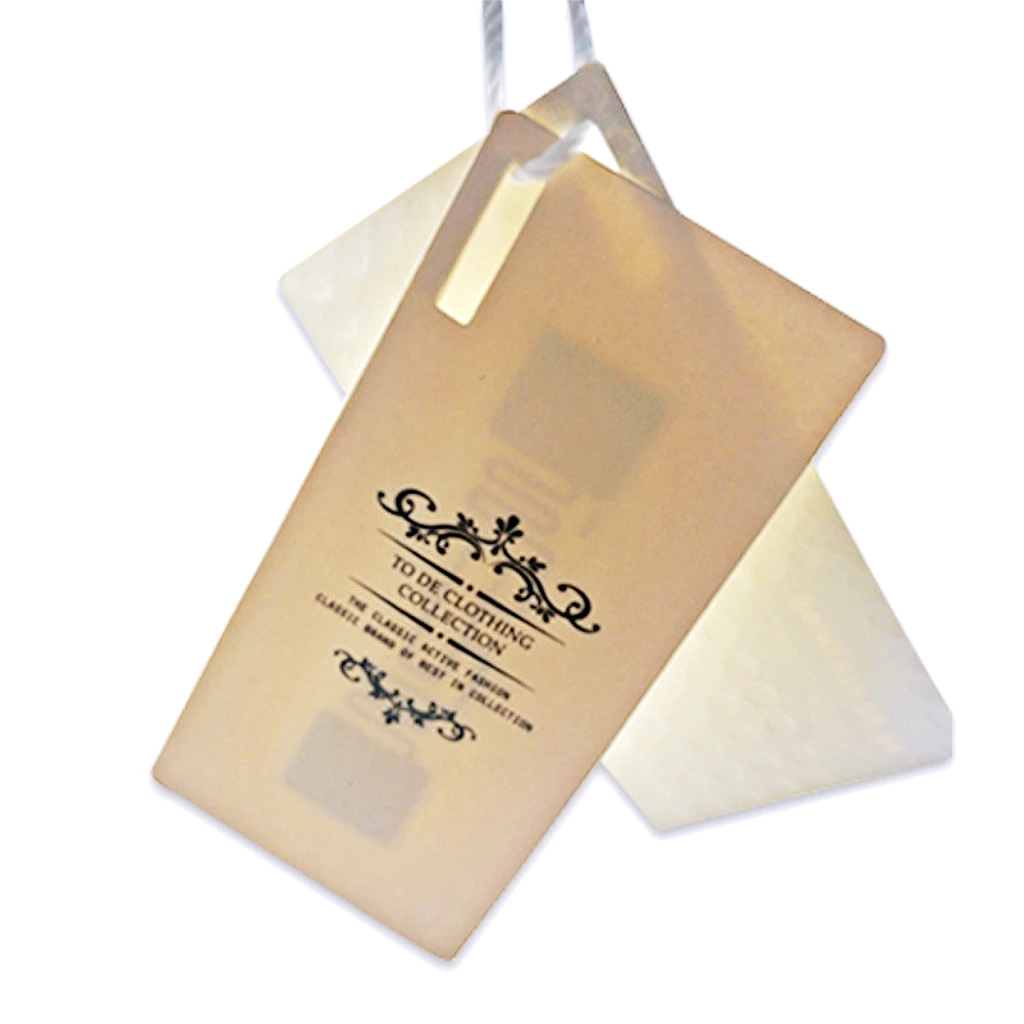

There are two types of clothing tag labels: soft labels and hard labels. If it is a soft label, you can use white inlay directly; if it is a hard label, it must require a composite process, and then die-cut into independent hard labels.
02. Luggage tag
As airports have increasingly higher requirements for baggage sorting, the concept of airport baggage sub-tags has been proposed and has been widely used around the world. Pictured is an airport luggage tag.
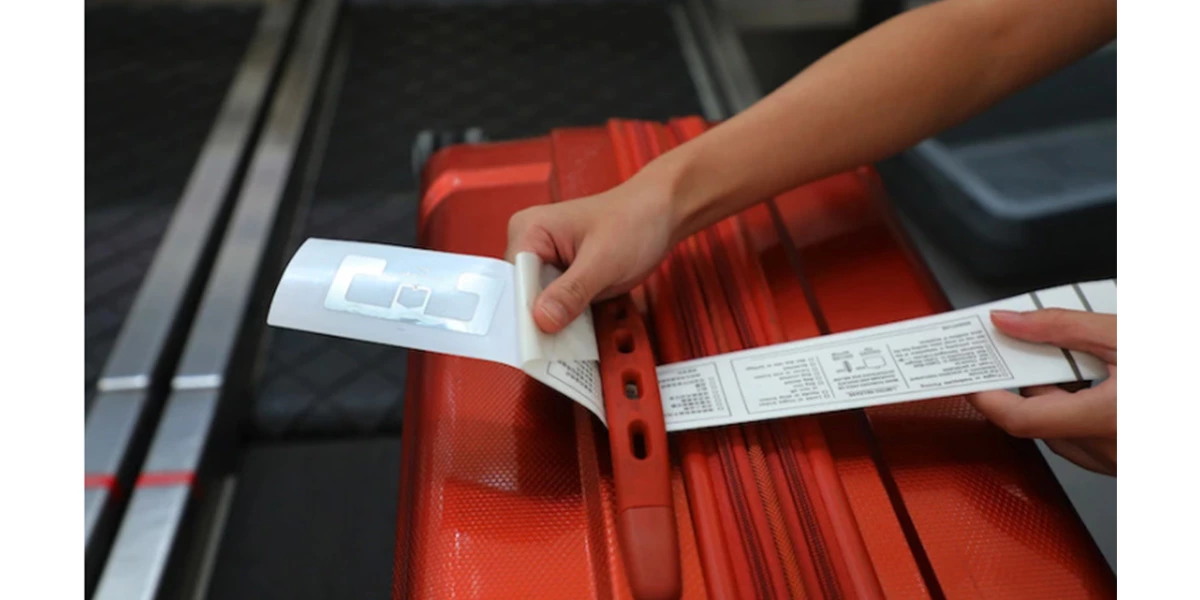
Luggage tags are generally rolled soft tags. When using them, the Inlay part of the tag needs to be exposed outside the luggage (the part affixed to the luggage does not include the Inlay part of the tag), so that the reader will not be affected by the items inside the luggage when reading the tag. Influence. With the advancement of technology, mainstream luggage tags have now been upgraded to 3D tags or circularly polarized tags. This is because when luggage is transported on the conveyor belt, the direction is difficult to determine, and dipole tags have certain blind spots.
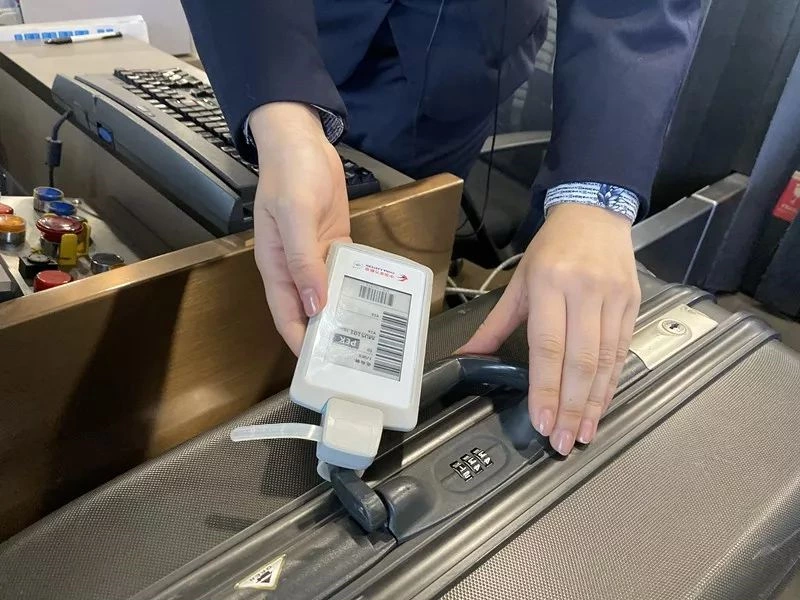
03. Tamper-proof fragile labels
Tamper-evident fragile labels are the type of labels we use for anti-counterfeiting and traceability. Its characteristic is that once the tag is transferred or the product is opened, the tag's antenna will be damaged and unable to work. With the continuous upgrading of anti-counterfeiting and independent intellectual property rights, a large number of brands have used fragile paper RFID tags for anti-counterfeiting. Tamper-proof fragile labels are shown in the figure:
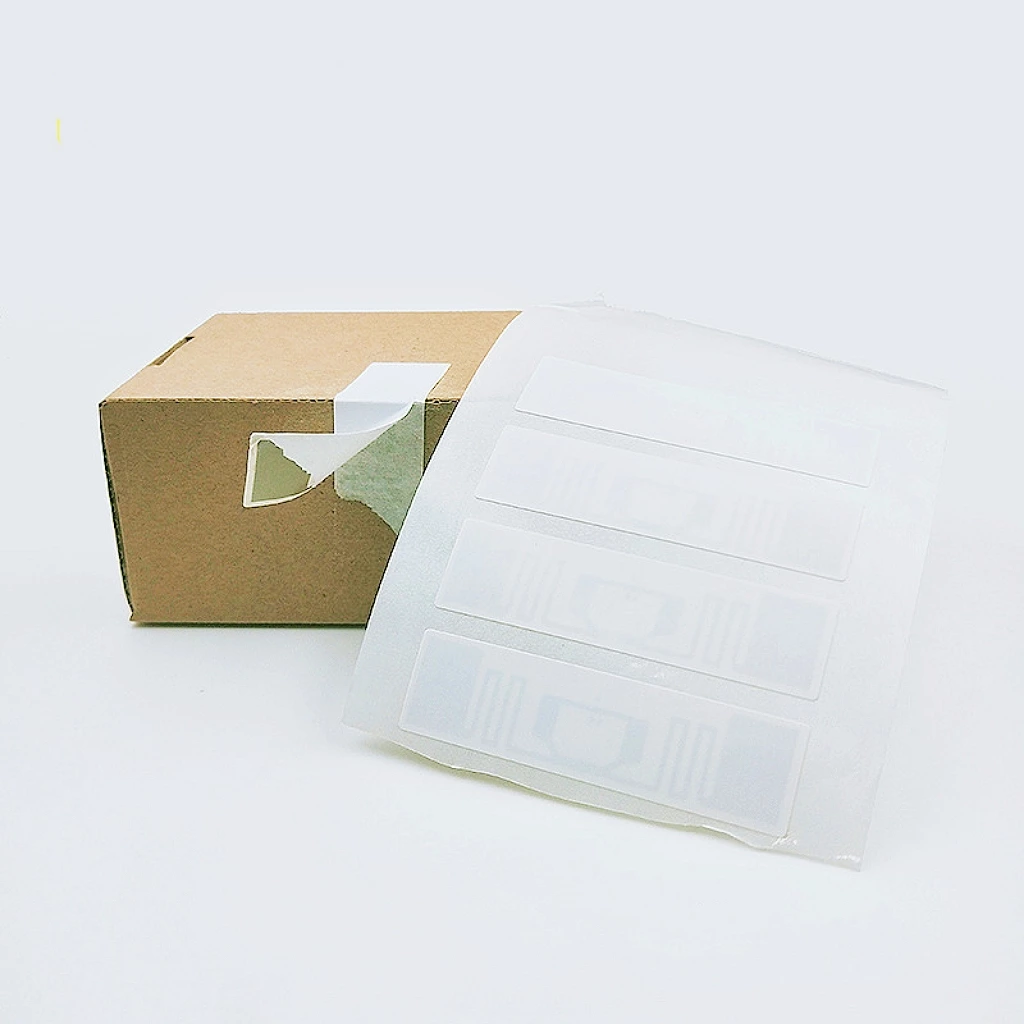
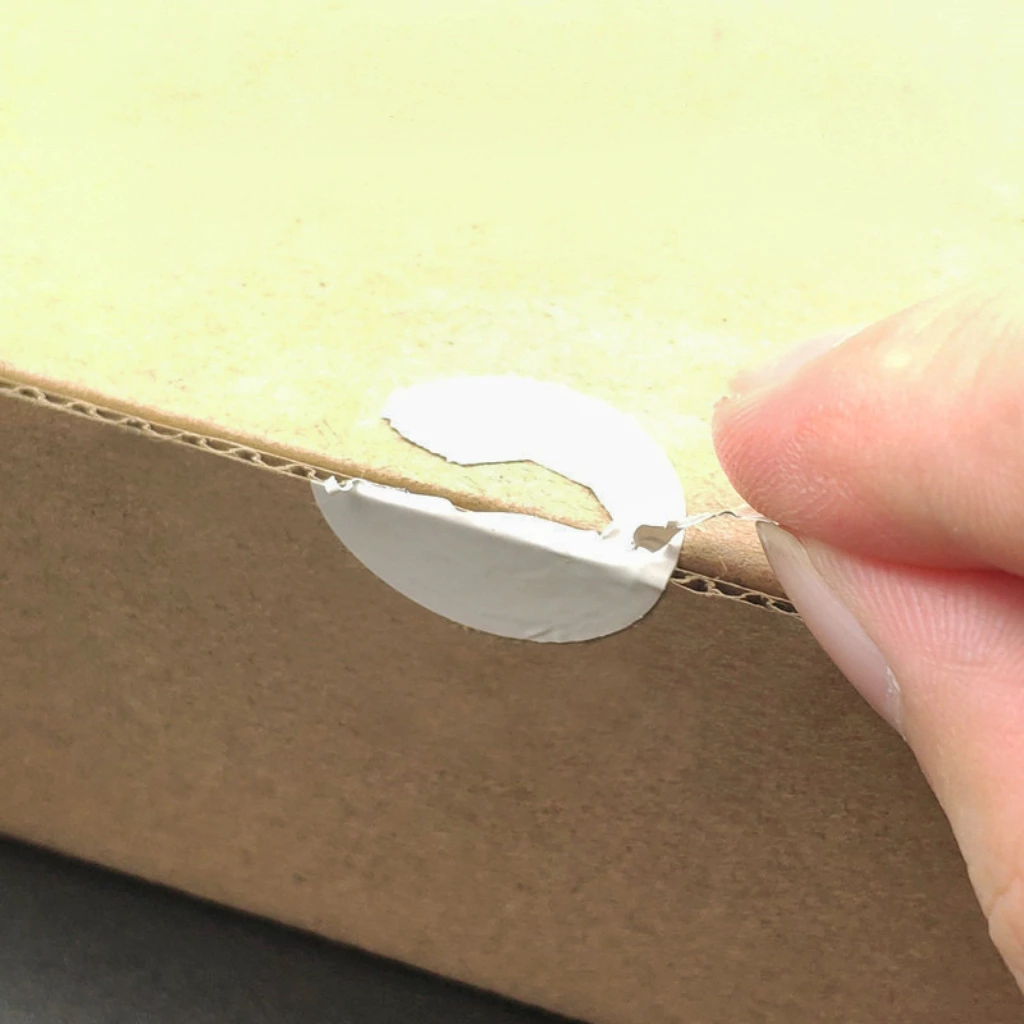
04. Book tags
RFID tags are widely used in book and archive management. Many university libraries have basically uniformly used UHF RFID electronic tags as a library management tool. Book tags have two characteristics: first, there is no need to print information on the tag, just write the information into the tag chip; second, the performance is not affected when multiple tags are close together. Since no printed information is required, wet inlays can be used directly. The problem of multiple tags interacting at close range can be improved through reasonable antenna design.
As shown in the figure is a book label, its size is 94mm × 5.8mm. There are two reasons why it is so thin: First, when the label is very thin, the impact of the antennas between the labels will be very small, which will affect the stability of the book when multiple books or files are stacked. The impact is small; second, book labels are bound on the spine, and only very thin labels can be bound in.

Because HF is a near-field communication, the working distance of HF book tags does not exceed 1 meter, so it cannot be counted quickly in large quantities.
UHF tags are just a wet inlay and their cost is also lower than HF tags.

Based on the above three reasons, UHF RFID technology is often chosen for new book RFID management applications.
There are many applications for RFID tags made of ordinary materials. For example, foldable anti-metal tags for new retail applications can use metal objects such as cans as part of the antenna to achieve anti-metal properties. With the expansion of applications and the innovation of UHF RFID technology, tags made of ordinary materials will appear in more applications that were originally impossible to achieve with slight modifications.
